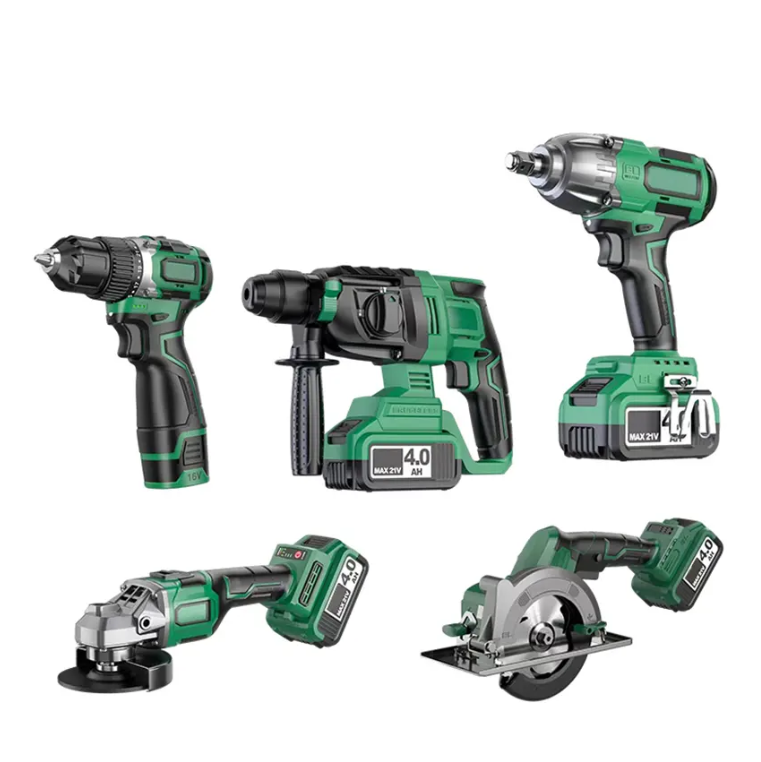The Evolution of Drilling Machines: A Journey Through Time
Drilling machines have come a long way from their rudimentary beginnings to the sophisticated tools we use today in various industries. From carpentry to construction and manufacturing, drilling machines play an indispensable role. Let’s delve into the fascinating history of drilling machines and how they’ve evolved over time.
Ancient Beginnings
The earliest forms of drilling can be traced back to ancient civilizations such as the Egyptians, who used bow drills for woodworking and jewelry making. These early drilling machines were simple devices that consisted of a pointed tool attached to a string, which was then rotated by pulling back and forth. The repetitive motion generated enough friction to cut through materials.
The Industrial Revolution
With the onset of the Industrial Revolution in the late 18th century, the demand for more efficient methods of production grew exponentially. This period saw the introduction of steam-powered machinery, including the first drilling presses. In 1885, the first portable electric drilling machine was invented, marking a significant leap forward in terms of functionality and convenience.
Electricity and Innovation
The advent of electricity brought about another wave of innovation in drilling machine technology. In 1889, the first cordless drilling machine was patented by Albert F. Marsh, although it wasn’t until the mid-20th century that these became commercially viable with the development of rechargeable batteries. Cordless drilling machines revolutionized the industry by offering greater mobility and ease of use.

Modern Advancements
In recent decades, drilling machines have continued to evolve with technological advancements. Modern drilling machines incorporate features like variable speed control, LED lights for better visibility, and ergonomic designs for user comfort. The integration of lithium-ion batteries has led to more powerful yet compact tools, capable of delivering high torque while maintaining a lightweight profile.
Smart Technology Integration
Today, smart technology is being integrated into drilling machines, allowing them to connect with smartphones and provide users with real-time data about performance and maintenance needs. Some advanced models even feature automatic adjustments based on the type of material being drilled, enhancing precision and efficiency.
The Future of Drilling
Looking ahead, it’s clear that the future of drilling will be driven by continued advancements in battery technology, smart connectivity, and perhaps even artificial intelligence. As we move towards more sustainable practices, there will likely be a focus on developing drilling machines that are not only powerful but also environmentally friendly.
In conclusion, the journey of the drilling machine reflects the broader narrative of human ingenuity and the relentless pursuit of progress. From ancient bow drills to today’s high-tech power tools, the evolution of the drilling machine serves as a testament to our ability to adapt and innovate in response to changing needs and technologies.

